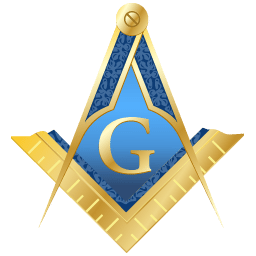The Masonic

Why Do Freemasons “Square” the Lodge? Understanding the Trestleboard’s Role
A Masonic trestleboard is traditionally a design tool—a blueprint where plans are drawn for the work ahead. It serves as a guide, offering all workers an overview of their tasks, much like an architect’s plan at a construction site.
Historically, the trestleboard, also called a tracing board, has symbolized careful planning and unity in purpose. Ancient Freemasons may have used wax-coated boards, tracing daily designs that were then erased and refreshed for the next day’s work. Later, they drew symbols in chalk on tavern floors, removed after each gathering as a ritual of secrecy. Eventually, these designs were placed on cloths or rugs and, later, on easels to preserve the instructions for members.
Click on the link, below, to review this mapping board which was discovered throughout an excavation of the Mount Vesuvius volcano eruption in 79 A.D., … 1800 years before its exploration in 1874. Masonic scholars note its similarities to today’s Freemasonry trestleboards.
Tracing Board Found During Pompeii Excavation
The trestleboard symbolizes each Mason’s unique role in building something greater, reinforcing how individual contributions support the entire structure. The phrase “Nothing more remains to be done” reminds us of the tradition to carefully erase or disarrange symbols after the work is complete, preserving the ritual’s sanctity.
Today, most lodges use digital trestleboards—newsletters, bulletin boards, or online calendars—to keep members informed about upcoming events and degrees. A simple online calendar or email group can connect members easily and securely, keeping them updated on lodge activities while upholding Masonic tradition in a modern format.
